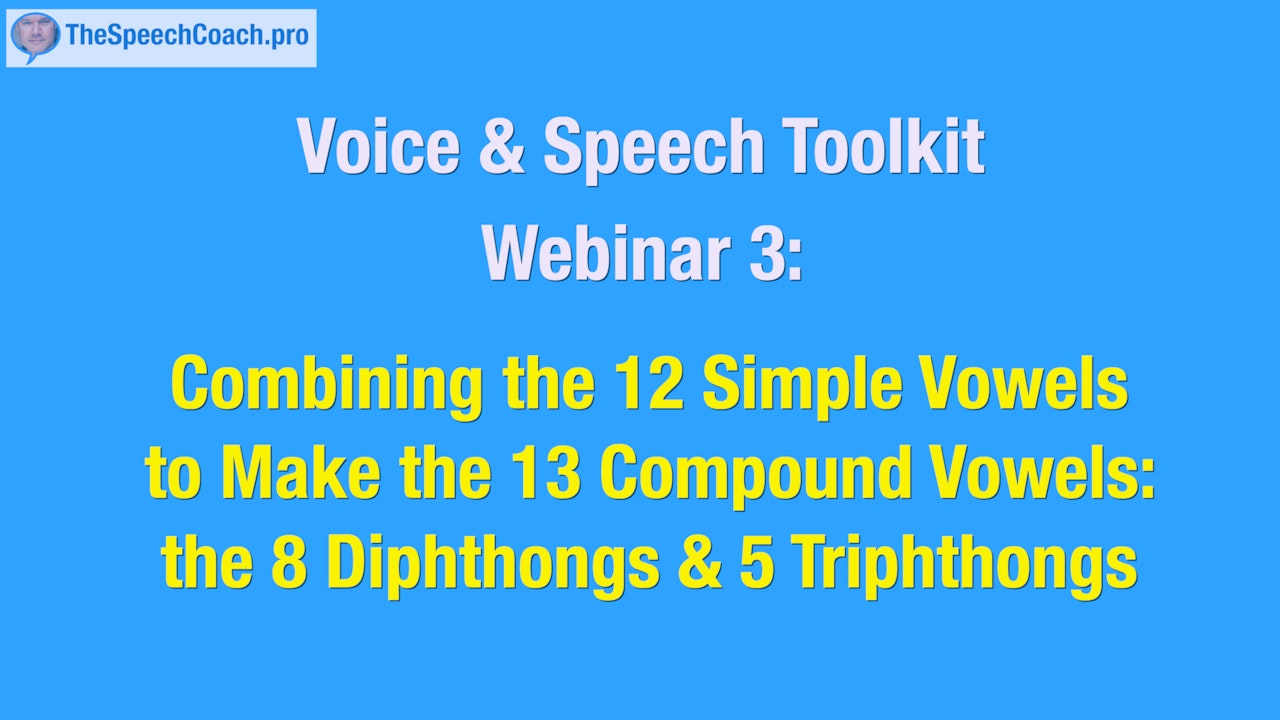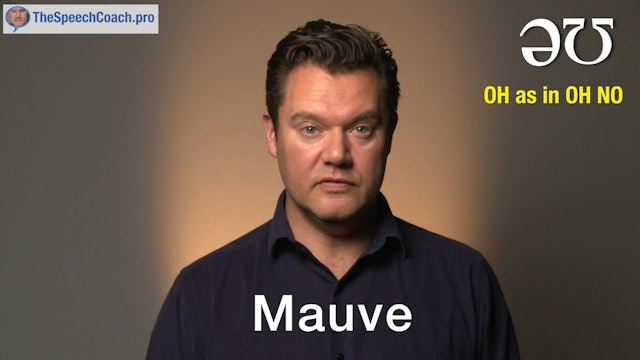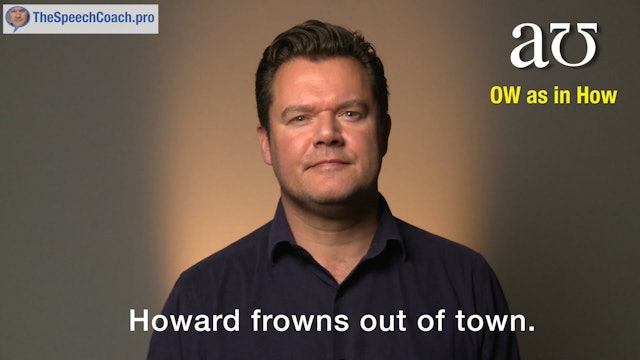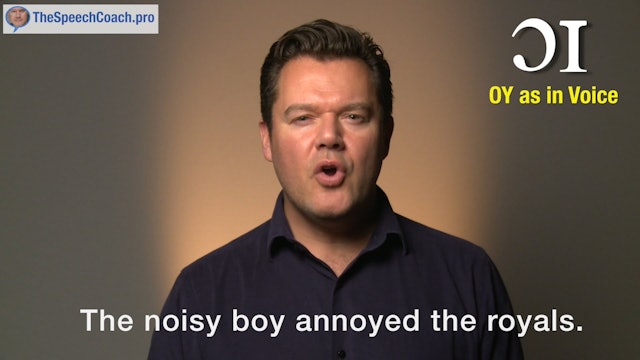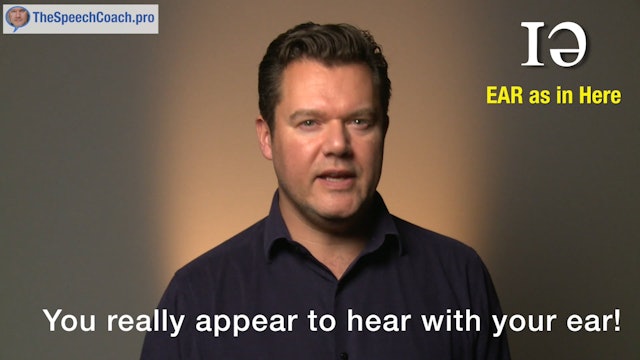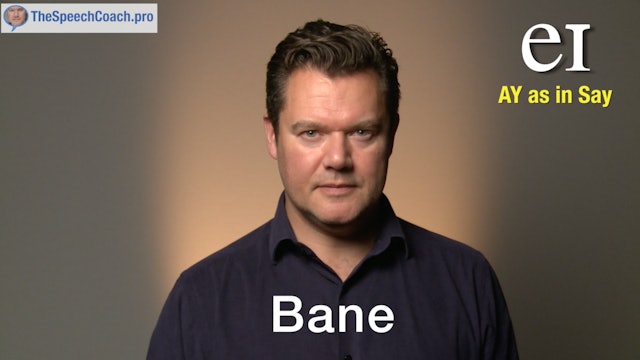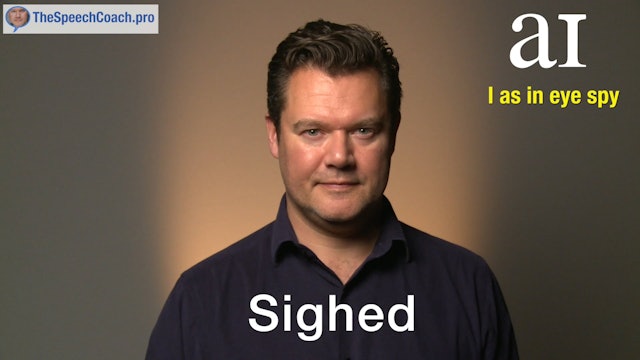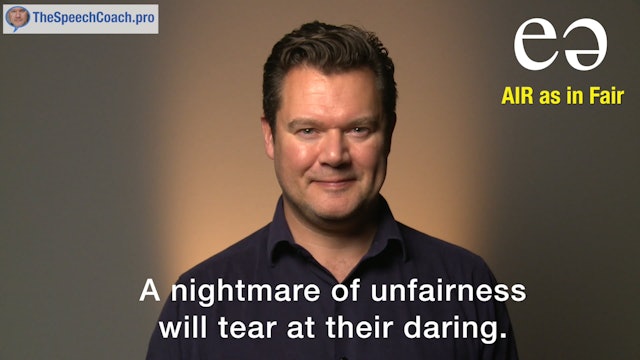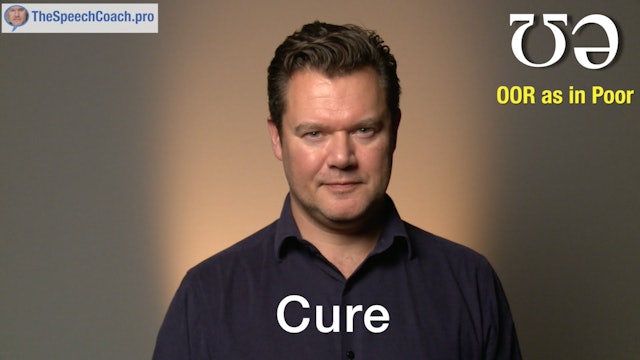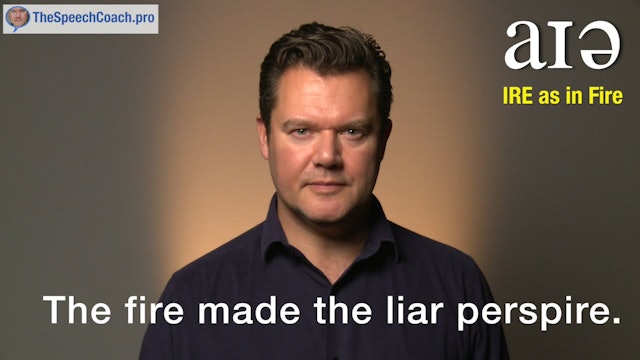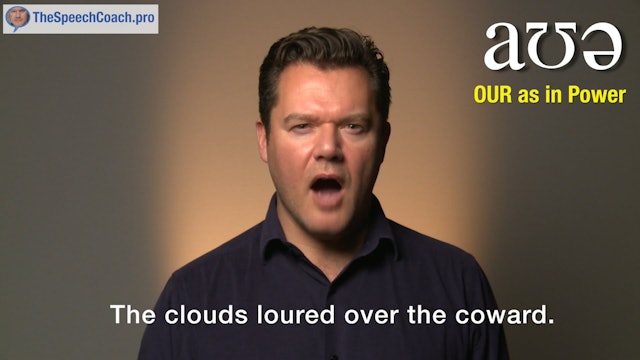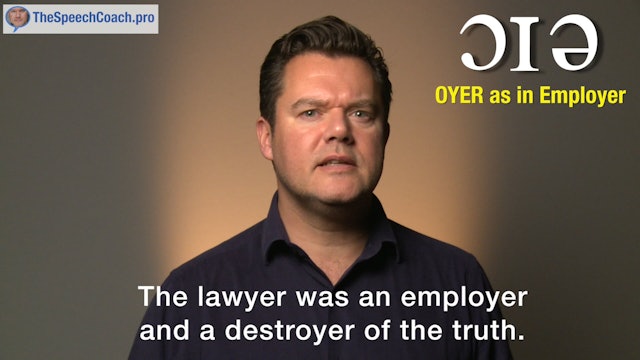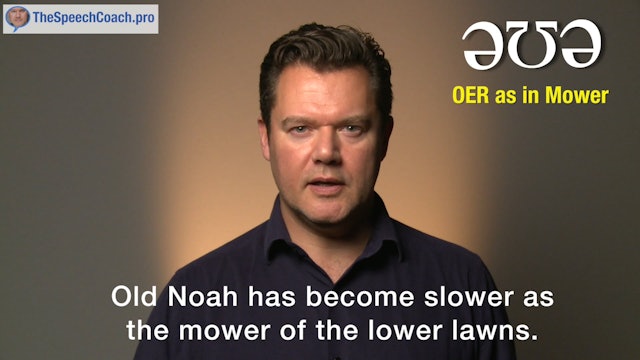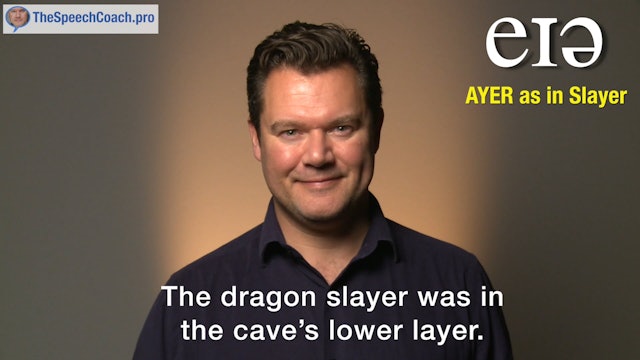3: The 13 Compound Vowels: 8 Diphthongs, 5 Triphthongs
In this webinar, we will use the 12 vowel sounds that you have learned so far to create the remaining 13 compound vowels, which are the eight diphthongs, or vowels made up of two sounds, and the five triphthongs, or vowels made up of three parts.
Simply put, this is where things start to get really exciting, and where you will begin to totally transform the way that you speak, and most importantly, how you feel about the way that you speak.
You will hear sounds that I hope will surprise and inspire you, and you will begin to see many practical steps that you can take which will make your speech create the absolute maximum impact. Many speakers fall into the trap of shortening or squashing vowel sounds. Think about how much meaning we can convey just by our voice and our vocal tone alone.
For example, a simple mm can convey that tastes great, mm, I hadn't thought of that, mm, or I wish you'd just shut up and get on with it, mm? This is why it is vital to know the full values of these sounds, so that when you wish to really drive a point home, then you can do so in the most dynamic and effective way.
As you learn these sounds, don't feel that they have to be full value every time you say them in normal conversation. I will teach you their full values so that you can allow these full value sounds to come into their own whenever they are emphasized, when they are the most important or emotive words of a sentence or presentation.
-
013 OH as in OH NO v2
We will start with the 3 Lip Diphthongs and this first one was always referred to by my speech teacher as “The Killer”. This is because it is mostly very straightforward and easy - until it is followed by an “L” and then it can get quite seriously distorted.
So, are you ready to learn the ident...
-
014 OW as in How
When you see this sound transcribed phonetically, it is written as the first half of the symbol for A as in “cat” followed by the symbol for oo as in “book”. This might encourage us to produce quite a harsh sound. Something like “A-oo” - the sort of sound Henry Higgins hears from his poor student...
-
015 OY as in Voice
The third lip diphthong is OY as in “voice” which is made by combining AW as in door and I as in sit:
Aw-i OY
I often refer to this as the classic English greeting when abroad: “OY! Can I get chips with this?!”
This is fairly straightforward but again, when this sound is followed by an “L” it ...
-
016 EAR as in Here
This is I as in “hit” plus the neutral “uh” as in actor. A good way to hear the full vowel is to say “eater” and then say it again but without the “T”: EAR. Often, this vowel can be cut in half so “here” becomes “he”.
-
017 AY as in Say
The next sound is AY as in “say” which is “E” as in “Glen” plus “I” as in “hit”. Some accents can substitute “I” as in “eye” for this sound - Eliza Doolittle, for example!
-
018 I as in Eye Spy
Again, take care when an “L” follows this sound or else “smile” can become “smy-ul”. Some accents can push EYE towards OY giving us “Oy spoy…”
-
019 AIR as in Fair
The next lip diphthong is
19 AIR as in “fair”
Which we make by combining “e” as in “Glen” with the neutral vowel “uh” as in “actor”. E-uh AIR.
This sound is very frequently just cut clean in half. Instead of “The air there is fair.” We hear “The e the…”. Many students can find this sound very...
-
020 OOR as in Poor
The final lip diphthong is:
20 OOR as in “poor”.
This is the short monophthong “oo” as in “book” followed by the neutral vowel “uh” as in “actor”. For my U.K. students, I call this sound the “Carry On” vowel because so many characters in those old comedy movies could be frequently heard to ex...
-
021 IRE as in Fire
The Triphthongs are nice and easy to close with - they are 5 of the diphthongs with the neutral vowel at the end:
EYE followed by uh gives us: IRE as in “fire”
-
022 OUR as in Power
This triphthong can also be shortened to just AH as in o.u.r as in “are country” - the full sound is “our”: “our country”.
-
023 OYER as in Employer v2
OYER as in “employer” is the OY sound followed by the neutral “uh”
-
024 OER as in Mower
OER as in “mower” which is OH plus the neutral vowel “uh”
-
025 AYER as in Slayer
AYER as in “slayer” which is AY plus the neutral “uh”

